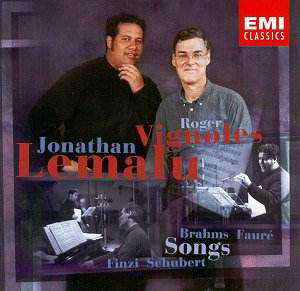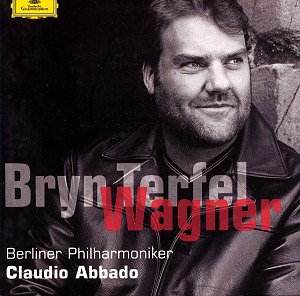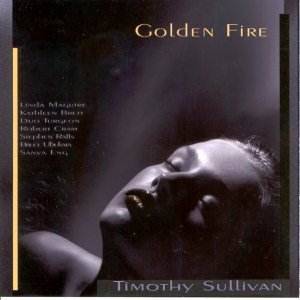 Composer: Jonathan Lemalu
Composer: Jonathan Lemalu
Works: Brahms: Vier ernste Gesänge, Schubert: Der Wanderer an den Mond, Auf der Donau, Der Schiffer, Der Wanderer; Fauré: L’Horizon chimérique; Finzi: Rollicum-rorum, To Lizbie Browne; Ireland: Sea Fever; Keel: Trade Winds; Head: The Estuary
Performers: Jonathan Lemalu (baritone), Roger Vignoles (piano)
Recording: Potton Hall, Suffolk, England, 2002
Label: EMI
Jonathan Lemalu’s debut recording offers a fascinating glimpse into the evolution of a unique vocal talent amid a rich tapestry of song literature. Featuring works by Brahms, Schubert, Fauré, and English composers such as Finzi and Ireland, this album presents a compelling blend of musical styles and emotional depths, reflecting both the historical contexts of the pieces and Lemalu’s burgeoning artistry. As a New Zealander of Samoan descent, Lemalu’s background adds an intriguing layer to his interpretation, providing a fresh perspective on these well-trodden works.
Lemalu’s voice is notable for its considerable size and resonance, which lends itself particularly well to the gravitas required in Brahms’ Vier ernste Gesänge. His performance of “O Tod, wie bitter bist du” reveals a commendable range of colors, and his ability to convey the profound melancholy of the text is striking. Yet, while his vocal prowess is undeniable, there is a sense that the interpretative depth may deepen as he matures. The opening song, “Denn es gehet dem Menschen wie dem Vieh,” showcases his robust lower register, but the nuances of phrasing and emotional shading could benefit from further exploration.
In Schubert’s “Der Wanderer an den Mond,” Lemalu exhibits an impressive command of the lyrical line, particularly in the way he shapes the long melodic arcs. Here, the partnership with Roger Vignoles, whose sensitive accompaniment underscores the vocal line, becomes evident. Vignoles enhances the overall texture, allowing the piano to dialogue beautifully with the voice. However, certain moments feel slightly tentative, suggesting that Lemalu is still finding his footing within the subtler demands of Schubert’s lieder.
Fauré’s “L’Horizon chimérique” presents an interesting contrast; while Lemalu articulates the tessitura with ease, his legato occasionally falters, particularly in the more delicate passages. The interpretation here lacks the ethereal quality that characterizes Fauré’s style, perhaps indicating a need for greater immersion in the language and its lyrical idiom. In the English songs, particularly in Finzi’s “Rollicum-rorum,” Lemalu’s soft singing demonstrates an admirable expressiveness, though his diction—especially concerning consonant clarity—requires refinement to ensure the text’s full resonance.
The engineering of this recording deserves particular mention. EMI has captured the acoustic warmth of Potton Hall, allowing both voice and piano to inhabit a rich sound space. The balance is commendable, enabling Vignoles’ contributions to shine without overshadowing Lemalu’s vocal lines. This clarity enhances the listener’s engagement with the music, creating an intimate atmosphere that is essential for art song performance.
Comparatively, while there are several notable recordings of these works—such as the eloquent interpretations by Matthias Goerne or Ian Bostridge—Lemalu’s approach is distinctive, offering a youthful vigor that is both refreshing and promising. His interpretations may not yet possess the fullness of experience seen in these established artists, but they exhibit a solid foundation upon which to build.
Jonathan Lemalu’s debut is a commendable entry into the world of art song, revealing a baritone of significant potential. With continued development and deeper engagement with the emotional landscapes of these pieces, he is poised to make a lasting impact in the realm of classical music. This recording is recommended for those who value the interplay of fresh talent and established repertoire, offering a glimpse into a promising future for this young artist.



